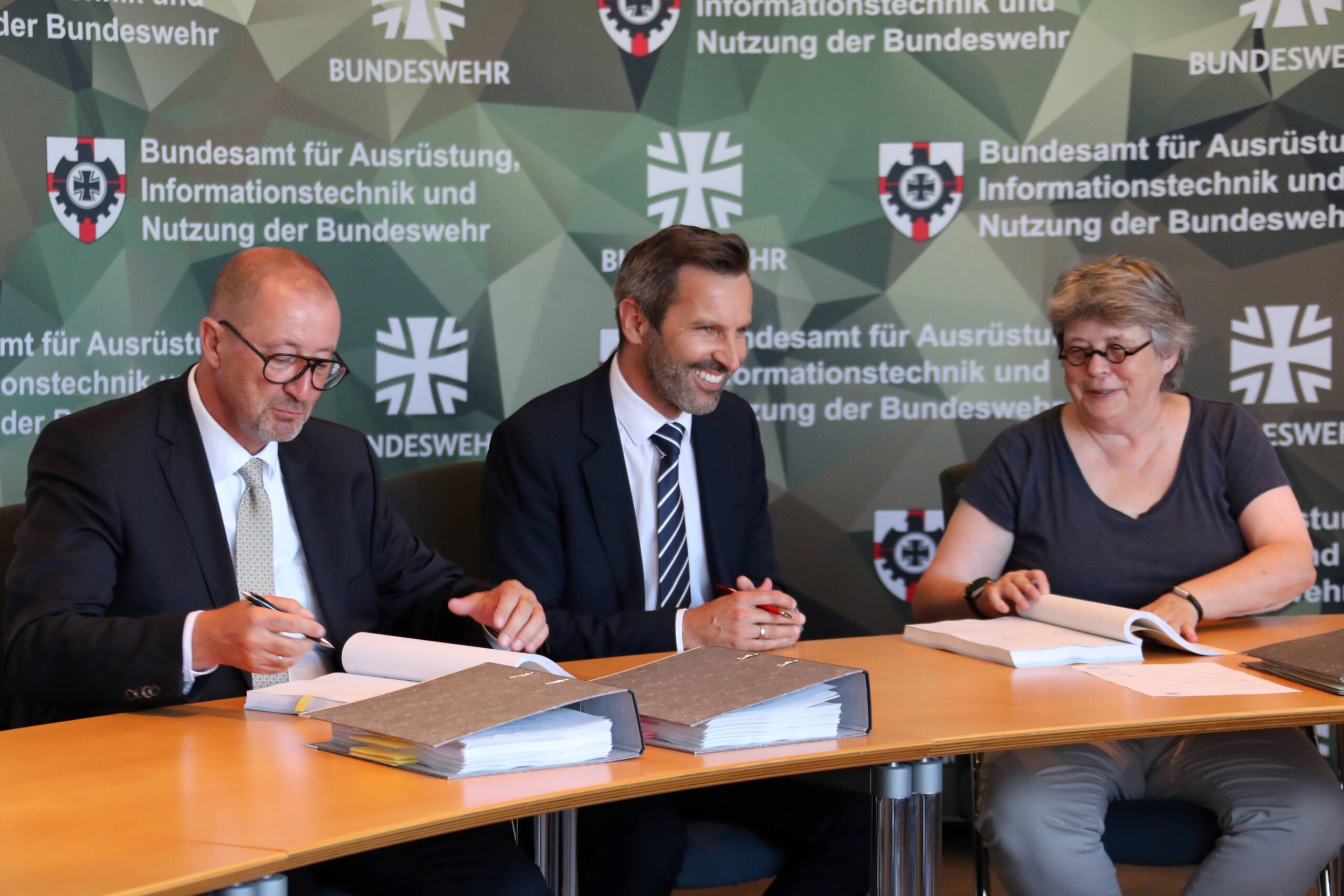Caitlin Gittins, Features Editor for Fire Buyer tackles the modern-day challenges and the technological innovations of firefighting equipment to combat these challenges
In the dynamic and ever-evolving landscape of modern firefighting, the role of firefighters has undergone a profound and remarkable transformation. Gone are the days when firefighters were solely tasked with tackling structural fires or combating wildfires in isolation. Today, these brave individuals find themselves at the forefront of an intricate tapestry of challenges that define our contemporary world, and they are rising to meet them with unprecedented adaptability and resilience.
The transformation of the firefighter’s role is a direct response to the rapidly changing world around us. One of the most significant factors reshaping their duties is the phenomenon of rapid urbanisation. As our cities continue to grow and expand, firefighters are increasingly called upon to handle emergencies in densely populated urban areas. These environments present unique challenges, from navigating narrow streets to rescuing people from towering skyscrapers. Modern firefighters must be well-versed in urban search and rescue techniques, high-rise firefighting, and managing the complexities of large-scale urban disasters.
Another crucial factor shaping the modern firefighter’s role is the heightened focus on sustainability and environmental concerns. With the world becoming more conscious of the impact of human activities on the planet, firefighters are now expected to be environmentally responsible in their operations. This includes minimising water usage during firefighting efforts, reducing the carbon footprint of their equipment, and promoting eco-friendly practices within their departments.
The proliferation of electric vehicles (EVs) is yet another challenge that modern firefighters must confront. While EVs offer numerous benefits in terms of reduced emissions, they also introduce new hazards. Firefighters need specialised training and equipment to handle EV-related emergencies, such as battery fires and extrications. They must be equipped with the knowledge and tools to safely manage these incidents, ensuring the safety of both the public and themselves.
Furthermore, the line that once distinctly separated structural firefighters from those who battled wildfires has blurred considerably. This shift has given rise to a new breed of firefighter – one who must adeptly navigate the diverse and intricate challenges posed by a multifaceted landscape. Wildfires, which were traditionally the domain of specialised wildland firefighters, are now encroaching upon urban areas with increasing frequency. This “urban-wildland interface” demands that firefighters possess a broad skill set, combining traditional firefighting techniques with wildland firefighting expertise.
In addition to these evolving challenges, modern firefighters must also contend with an expanding spectrum of urban and natural threats. From hazardous materials incidents to terrorist attacks, firefighters are frequently called upon to respond to complex and multifaceted emergencies. Their role extends beyond extinguishing fires; they are often the first responders to a wide range of disasters, requiring them to be well-prepared for any situation.
To meet these diverse challenges head-on, today’s firefighters undergo rigorous training and education. They are equipped with state-of-the-art technology and equipment, including advanced firefighting suits, communication devices, and tools designed to enhance their efficiency and safety. Moreover, they work collaboratively with other emergency response agencies, forming a cohesive network that can swiftly respond to emergencies of any scale.
Therefore, the role of firefighters in our modern world has evolved in response to the complex and ever-changing landscape of challenges that define our times. No longer confined to traditional firefighting duties, they have become versatile professionals who must adapt to urbanisation, sustainability goals, the proliferation of electric vehicles, and an array of urban and natural threats. Their dedication to public safety and their ability to evolve with the times make them true heroes in our contemporary society. As the world continues to change, firefighters will undoubtedly continue to rise to the occasion, ensuring our communities remain safe and resilient.
Adapting Equipment to Meet Multifaceted Demands
In order to address the myriad challenges faced by fire departments efficiently and effectively, there is a growing imperative for the integration of innovative technologies. These cutting-edge solutions must possess a unique blend of attributes, including durability, lightweight design, compactness, flexibility, and exceptional efficacy. The very equipment that firefighters employ is pivotal in enabling them to navigate a wide range of complex scenarios.
First and foremost, durability is a paramount factor. Firefighters encounter extreme conditions, such as intense heat, smoke, and structural instability, which necessitate equipment that can withstand these harsh environments without compromising its functionality. The wear and tear associated with the demanding nature of firefighting operations underscore the need for robust technology…
To read the full article, see our last issue here.
Never miss a story… Follow us on:
International Fire Buyer
@Firebuyer
Fire Buyer
Media Contact
Rebecca Spayne Managing Editor, International Fire Buyer
Tel: +44 (0) 1622 823 920
Email: editor@firebuyer.com








